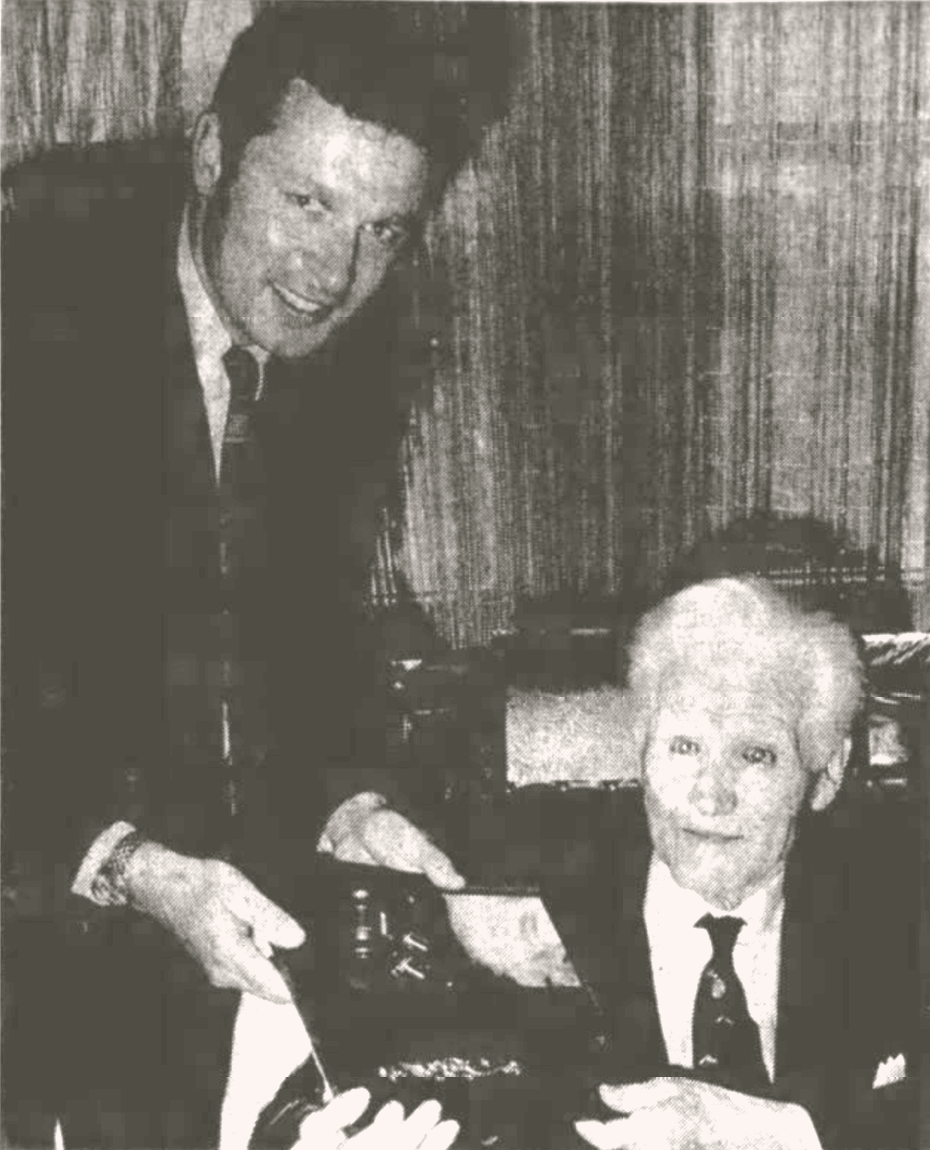This story originally appeared as a V-M Viewpoint in The Vidette-Messenger on March 12, 1970.
A 35-year-old Morgan Township resident has brought significant honor to local agriculture and to Porter County.
Phillip A. Maxwell, who lives on Indiana 49 a mile south of U. S. 30, has just been acclaimed as Indiana Jaycees’ 1970 Outstanding Young Farmer. The award stamped the former Morgan Township High School athlete as the best in the state among an imposing entry list of 17 other statewide Jaycee club preliminary winners.
As recipient of the Indiana Jaycees OYF award, Maxwell will now represent the state at a national contest in Belleville, Ill., April 5 through 8, a distinct honor for any young man.
Winner of the local Jaycees’ first OYF award earlier this year, the judges at that time demonstrated their choice of Maxwell was no accident. This young farmer “works at his trade.”
To be eligible as a nominee for local, state, and national competition, participants had to be between 21 and 35 years of age, and derive a minimum of two-thirds of their income from farming.
Judging was done on the basis of progress in agricultural careers, soil, and natural resources conservation, and civic and social contributions to community, state, and nation.
The Porter County entry filled all these requirements admirably.
(Phil) was born into a farming family and was reared on the homestead he now occupies. Not content with getting by with the practical aspects of farming he had learned throughout his boyhood, Maxwell went to Purdue University, where he obtained a BS degree in animal husbandry.
In the 10 years he has solely operated a farm, Maxwell has consistently tried new ways to increase his profits. This includes a switch from dry to liquid fertilizer, for corn and beans; planting corn on unplowed ground; use of chemicals; and narrow plantings.
And, this young man has a goal; to expand hog production by investing in new buildings and automation.
Maxwell, operator of 1,130 acres of land, of which 1,053 are tillable, says he is farming “because I believe I can contribute more to a rural community, and feel there is no better place to raise a family and live a wholesome family life.”
He is raising a family, Cheri, 10, Debra, 8, and Mark, eight months, with his wife, the former Jane Smoker, of the prominent Wanatah area farming family.
His farming innovations hav been definite contributions to Porter County’s rural community.
Winner of the first two plateaus in local and state competition, Maxwell now goes on to the national event and possibly more honors next month.
He will take with him the best wishes of Valparaiso, Porter County, and the entire state.



